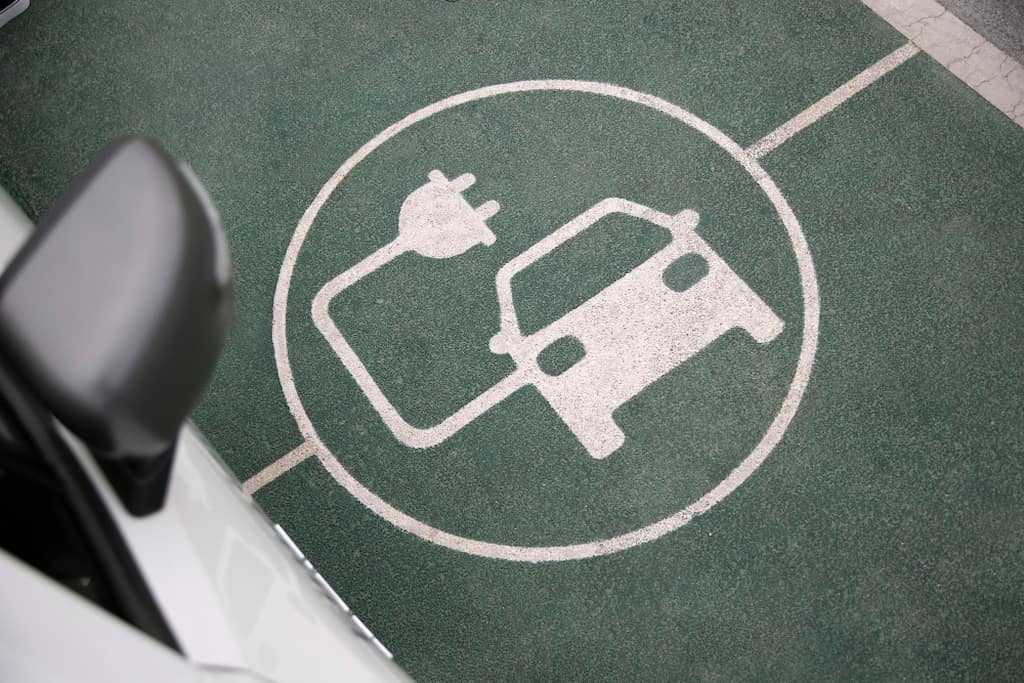
Electric mobility is advancing at an unstoppable pace, and more and more drivers are choosing to have their own charger at home or in their garage. However, before diving into the installation of charging points, it is essential to know the requirements for installing a charging point and the regulations that apply in each case to avoid legal, technical, or safety issues.
In this detailed guide, we explain everything you need to know to install a charging point, both in single-family homes and in community garages, including permits, regulations, and a step-by-step procedure.
Why is it important to know the requirements before installing a charger?
Although installing an electric car charger may seem simple, the reality is that it involves complying with a series of technical and legal regulations that ensure the safety of the installation and its proper functioning.
Failing to do so could result in fines, conflicts with the homeowners' association, or even electrical hazards.
In addition, meeting all the requirements will allow you to access possible subsidies or grants such as the MOVES III Plan, which can significantly reduce the final cost.
Applicable regulations and requirements for installing a charging point
The regulations governing the installation of charging points in Spain are mainly based on:
Low Voltage Electrotechnical Regulation (REBT) – ITC-BT-52, which sets out the technical safety and sizing conditions.
Horizontal Property Law – in the case of community garages, it regulates the right of owners to install chargers and the procedure for notifying the homeowners' association.
Technical Building Code (CTE) – for newly constructed buildings, it requires provisions for conduits for future charging points.
Requirements for installing a charging point in a single-family home
The installation of charging points in single-family homes is the simplest from a legal point of view, as there is no need to request permission from third parties.
Even so, there are key aspects to keep in mind:
Hire an authorised installer
It is mandatory for the installation to be carried out by a certified electrician or installation company, who will issue the electrical certificate or installation certificate.
Contracted power and electrical panel
It is advisable to check whether the contracted power is sufficient to supply the charger without causing outages. In many cases, a dynamic power management system is installed to prevent overloads.
Safety regulations
The charging point must have specific protections (circuit breaker, type A or B residual current device) and comply with ITC-BT-52.
Requirements for installing a charging point in a communal garage
The installation of charging points in community garages is regulated by the Horizontal Property Law, and although it is a recognized right for all owners, a procedure must be followed.
Communication to the community
It is not necessary to request permission or submit it to a vote, but you must notify the president or administrator in writing at least 30 days before the installation, indicating the cable route and technical specifications.
Electrical outlet
There are two options:
Connection to the property's own meter, with a cable running from the main fuse box.
Installation of a new individual meter.
Technical regulations
The wiring must run through common areas in compliance with fire safety regulations and be properly protected.
Step-by-step procedure for installing a charging point
To ensure that the installation is legal, safe, and efficient, it is advisable to follow a well-defined process:
Step 1 – Initial assessment and technical study
Before installation, a technician should assess:
The contracted power and the capacity of the installation.
The route of the wiring from the meter to the charging point.
The most suitable type of charger depending on the vehicle and frequency of use.
Step 2 – Request for quotes
Contact authorized installation companies to receive several proposals.
It is important that the quote includes:
Labour.
Materials (cabling, protective covers, charger).
Installation certificate.
Possible legalisation procedures.
Step 3 – Communication to the community (if applicable)
In communal garages, deliver written notification to the community, explaining:
Type of installation.
Connection point.
Estimated date of the work.
Keep a stamped or signed copy as proof.
Step 4 – Physical installation of the charging point
The installer performs:
Charger wiring and mounting.
Installation of electrical protections.
Initial configuration of the equipment.
Step 5 – Certification and legalisation
The installer will issue the electrical certificate or installation certificate.
In some autonomous communities, this step includes registering the installation with the regional industry department.
Step 6 – Testing and commissioning
Before concluding the work:
The correct functioning of the charger is verified.
Electrical protections are verified.
The user is instructed on the safe use of the charging point.
Step 7 – Conservation and maintenance
Although not mandatory, a periodic review every 1-2 years is recommended to ensure safety and prevent failures.
Conclusion
Meeting the requirements for installing a charging point is not only a legal obligation but also a guarantee that your charger will operate safely, efficiently, and without issues with the community.
For all these reasons, having specialized professionals will make the difference.
If you are in Málaga and looking for a fast, safe installation that complies with current regulations, at Activacar we will advise you and take care of the entire process so that all you have to do is plug in your car and enjoy electric driving.





